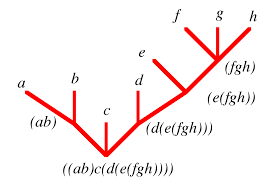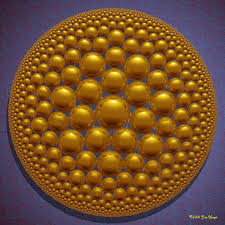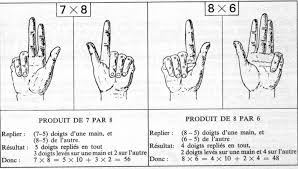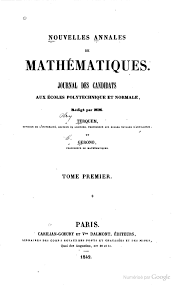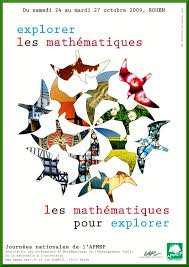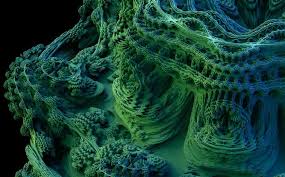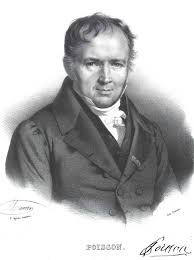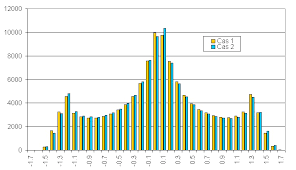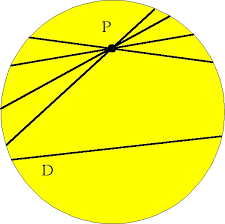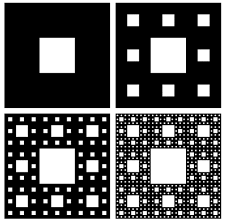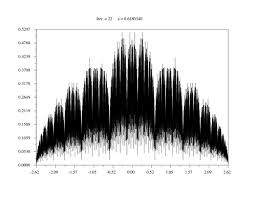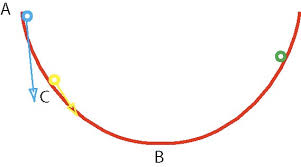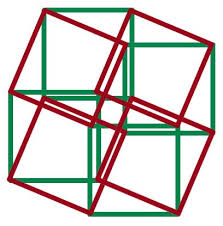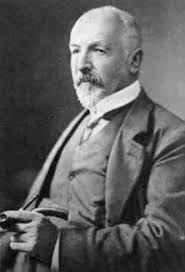03/12/2010
SMS 2011 - Overview
In recent decades, metric-measure spaces have emerged as a fruitful source of mathematical questions in their own right, and as indispensable tools for addressing classical problems in geometry, topology, dynamical systems and partial differential equations. The purpose of the 2011 summer school is to lead young scientists to the research frontier concerning the analysis and geometry of metric-measure spaces, by exposing them to a series of mini-courses featuring leading researchers who will present both the state-of-the-art and the exciting challenges which remain. In geometry and topology, metric-measure spaces arise naturally as non-smooth limits of smooth objects, such as Riemannian manifolds. Here the limit may be taken in the coarse sense of Gromov-Hausdorff convergence, which allows the formation of singularities and dimensional collapse, among other phenomena. Such limits arise under dynamical processes including curvature flows, as in Perelman's proof of the Poincaré and Geometrization Conjectures for 3-manifolds. Moreover, the limit of the normalized Riemannian volume need not bear any relation to the limiting metric, hence it is natural to equip the limiting metric space with a limiting measure. Most results in geometry rely on curvature bounds, such as upper bounds on sectional curvatures or lower bounds on Ricci curvature. Nonsmooth analogues of sectional curvature bounds can be constructed using comparisons with triangles in model spaces, after Cartan, Alexandrov, and Topagonov, but notions of Ricci curvature have proved elusive in a metric-measure setting. Recently, two quite different definitions for Ricci curvature lower bounds have emerged from the theory of optimal transportation. Both respect (measured) Gromov-Hausdorff convergence, and depend crucially on the measure and a putative dimension (which need not coincide with the topological or geometric dimension), as well as the metric. These quite different approaches have led to some striking conclusions --- including Bishop, Myers, Sobolev, log-Sobolev, Talagrand and Poincaré inequalities in metric-measure settings, sometimes with sharp constants. In order for students to appreciate the latest breakthroughs, the summer school aims to provide a broad view of the developments in geometry of and analysis on metric measure spaces in recent years, as well as to touch on important advances in related areas. Among these are notions of differentiability, function spaces (Lipschitz, BV, Sobolev), Hausdorff measure and dimension, fundamental inequalities (Sobolev, Poincaré, isoperimetric, Gaussian), heat kernel estimates and probabilistic aspects, convergence of metric measure spaces, Ricci curvature lower bounds, optimal transportation, curvature flows, quasi-conformal mappings and geometric measure theory Source : SMS 2011 - Overview
07:09 Publié dans SMS 2011 - Overview | Lien permanent | Commentaires (0) |  |
|  del.icio.us |
del.icio.us |  |
|  Digg |
Digg | ![]() Facebook
Facebook











